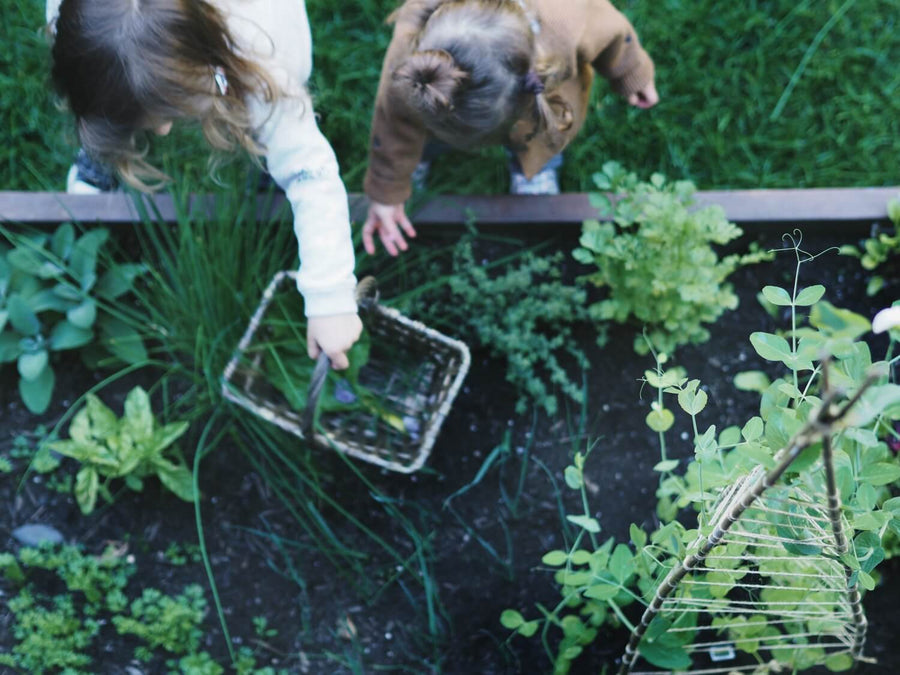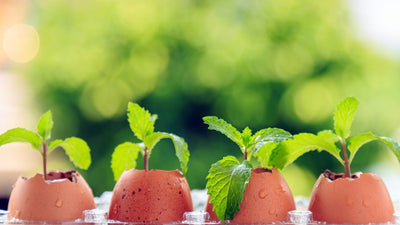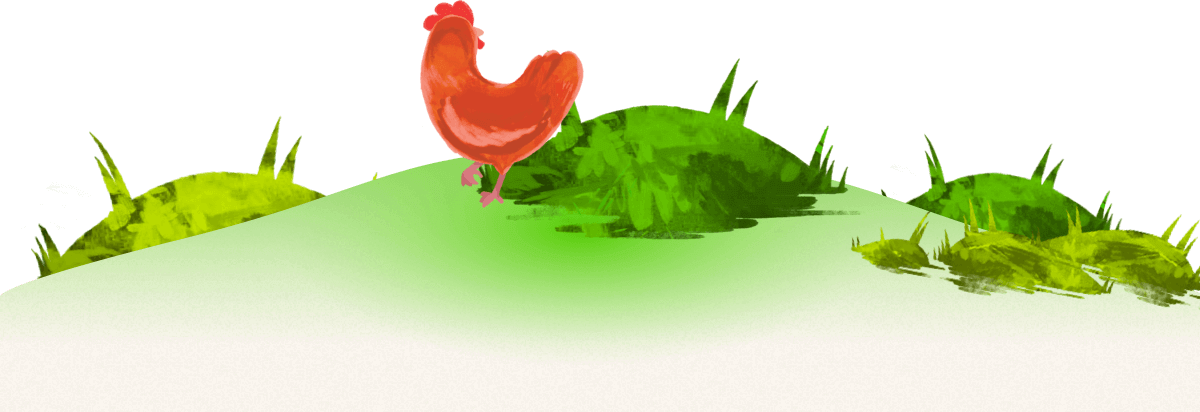
Maximize Your Garden
Notions of a small space can greatly vary depending on your perspective, but whether you have a balcony or a small garden, there is always the potential for growing something. Sometimes I fantasize about a larger yard in order to expand my veggie beds and grow a true cut-flower garden, but to be honest, making what I have work to my heart's content is plenty challenging every year––and bigger spaces tend to overwhelm me. Anyway, when you have growing kids in tow, a tiny garden is a perfect garden!
I'm an overly impulsive gardener at times, so when it comes to gardening in my small space, I like to follow three general rules of thumb for tackling a project in a flower or vegetable bed: designing for my space, spacing my plants strategically, and feeding for optimal growth.

1. Designing
As an architect, I tend to have specific ideas for how I want the space around me to shape up before the project has even started. One of my biggest frustrations with and most valuable lessons from gardening is that it takes patience, time, and a lot of care to see your vision materialize––and it will almost always differ from what you had in mind. So here are a few tips I've learned over time (mostly the hard way) when it comes to garden design:
Diversify your plant heights
A garden has the most visual impact when the eye has places to wander, so work with height, growing up rather than out in small spaces. This might mean planting trees and bushes, but another great option for tighter spaces is to use vines. I have an ivy along a dividing fence that compensates for the shallow depth of my flower bed, while allowing me to layer more delicate flowers. I also have a grapevine that takes over my third-story fire escape, making it feel like a little forest for most of the summer, while taking up less than one square foot of space at ground level. In my raised vegetable garden, I always have a few plants trellised to add more height and structure in the earlier months and to help direct the plants upwards as they grow. Putting support structures in before planting can also help provide a visual sense for what the garden will be doing before the vegetation grows in. I have grown sweet peas, cucumbers, zucchini, and edible flowers like nasturtium over my DIY tepees. You can easily build your own teepee by pulling together three bamboo sticks and wrapping them with string or twine.
Combine constrasting foliage textures and colors
Foliage texture is your friend. I like the look of a little bit of everything, but have learned to be selective within a palette. Too much of a good thing can start to go wrong, in my opinion. Go for a variety of leaves and keep the flowers secondary. For flower beds, I like to stick with 1-3 colors per bed/area. This helps keep things a bit more cohesive and has helped minimize my frustrations. In my vegetable bed, I love using a variety of herbs at the edges. They create a cohesive green border and are easy to access when needed!

2. Spacing
No matter how much space you're working with, it's important to plant densely, but not too densely: your plants need room to grow.
Use your garden space wisely
I find myself wanting to use every corner of uncovered soil when planting, and I always have to scale myself back. Plants don't like to be cramped, and won't reach their full potential in size or productivity if their roots don't have space for proper expansion. I've trained myself to leave at least 3/4 of the suggested spacing between plants: if the package says leave 12 inches, I'll leave at least 9. Planting in a triangle rather than rows is a good way to maximize space, too.

3. Feeding your plants
This is a necessary practice for healthy growth, but you can easily overdo it. Too much fertilizer can burn out your plants and adversely affect your soil's pH level. I tend to feed most plants with compost or fertilizer at about 3-4 week intervals, and this has worked well for my soil.
Promote growth and healthy foliage with eggshells
As you might have guessed by now, high-quality eggshells are your best friend when it comes to giving plants (or yourself) a calcium boost. Luci has become a bit of an expert at eggshell cracking, so she will show you how we do it:
- Wash your used and empty Pete & Gerry's eggshells.
- Let eggshells air dry.
- Wrap eggshells in a paper towel and crush them until the biggest pieces are under 1/2 inch.
- Sprinkle them near the roots (if you're starting to plant), or work them into the bare soil.





